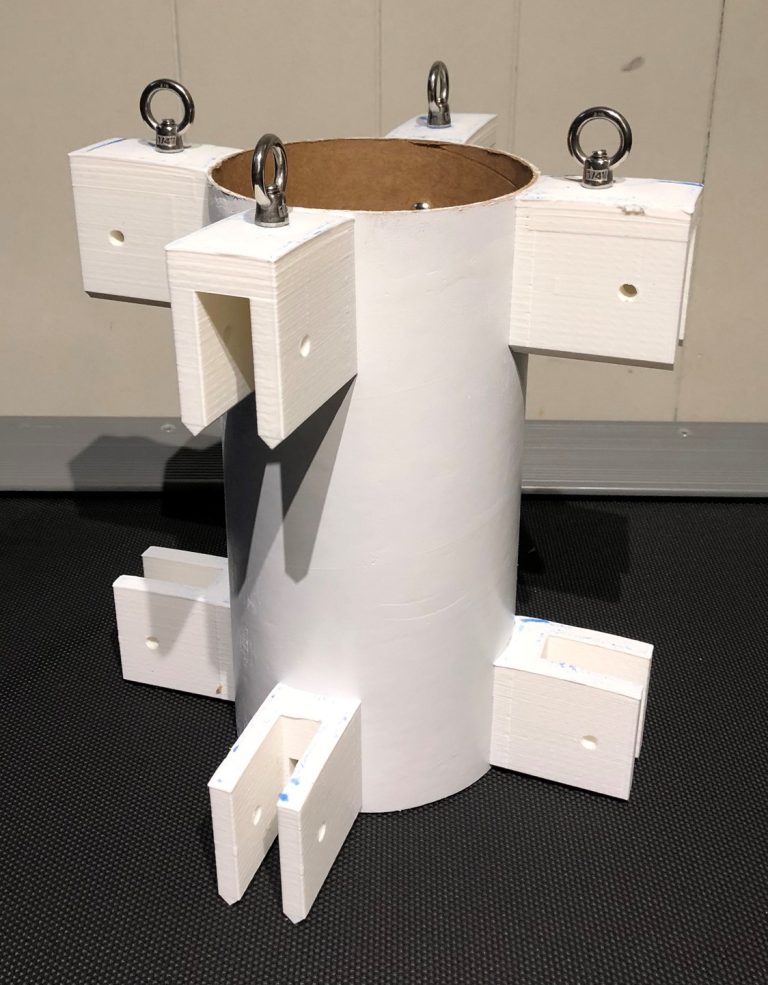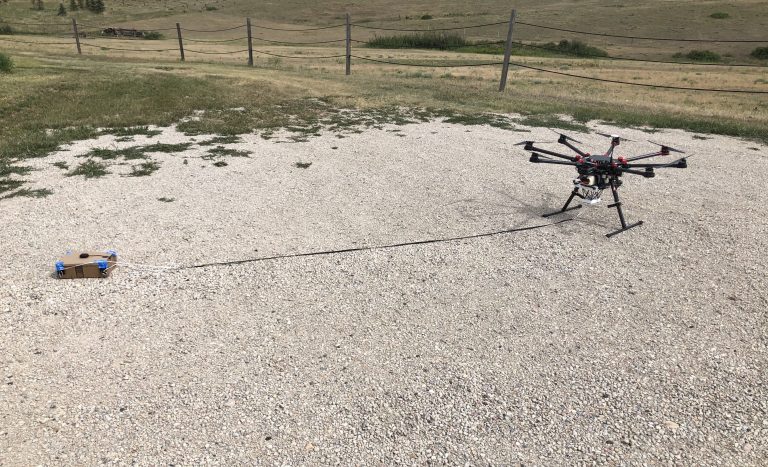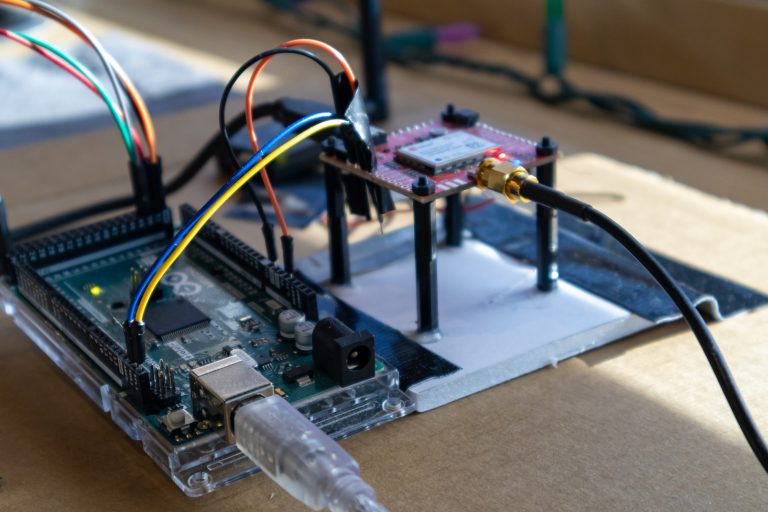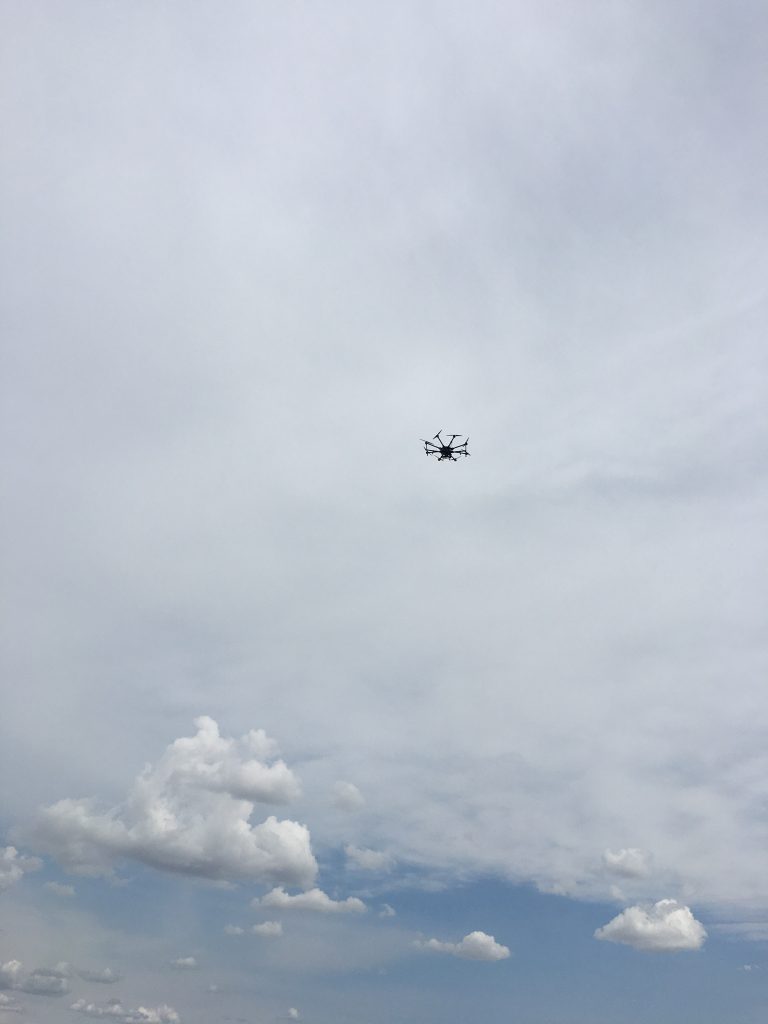Status Update
We have been very busy with non Project Redirect work the during the last two weeks and have been unable to spend any time on the project. We hope to have more time in the coming weeks.

We have been very busy with non Project Redirect work the during the last two weeks and have been unable to spend any time on the project. We hope to have more time in the coming weeks.

In the past few weeks we have made significant progress with both the GTP (Guidance Test Payload) and PSCC (Parachute System Control Computer). This continues to bring us closer to the first test flight of the GTP. With the arrival of new 3D printing material (filament) we were able to print the rest of the…

The PSCC (Parachute System Control Computer) is a small computer that will be used to deploy the parachutes at a preset altitude. A few months ago, we performed the first flight test of this system. This test recovered useful data but also revealed that the GPS (a vital PSCC sensor) was reporting an incorrect altitude…

Our research into a new GPS module for the Parachute System Control Computer (PSCC) led to a promising discovery; advanced GPS modules are available that utilize Real-Time Kinematic (RTK) data to determine position and altitude with an accuracy of a few centimeters. RTK data provides the GPS with information it needs to correct for the…

On the 2nd of September, we headed out to fly the S1000+ for the first time.

Months ago, when we began designing the parachute system, we decided to use springs to deploy the chutes. We chose springs because they are reusable and simple. We planned to spend no more then a month working on the parachute. However, after hundreds of hours of planning, designing, printing, testing, and redesigning, the spring powered…